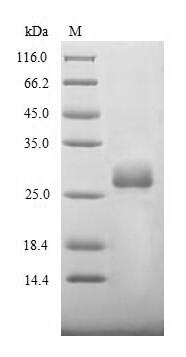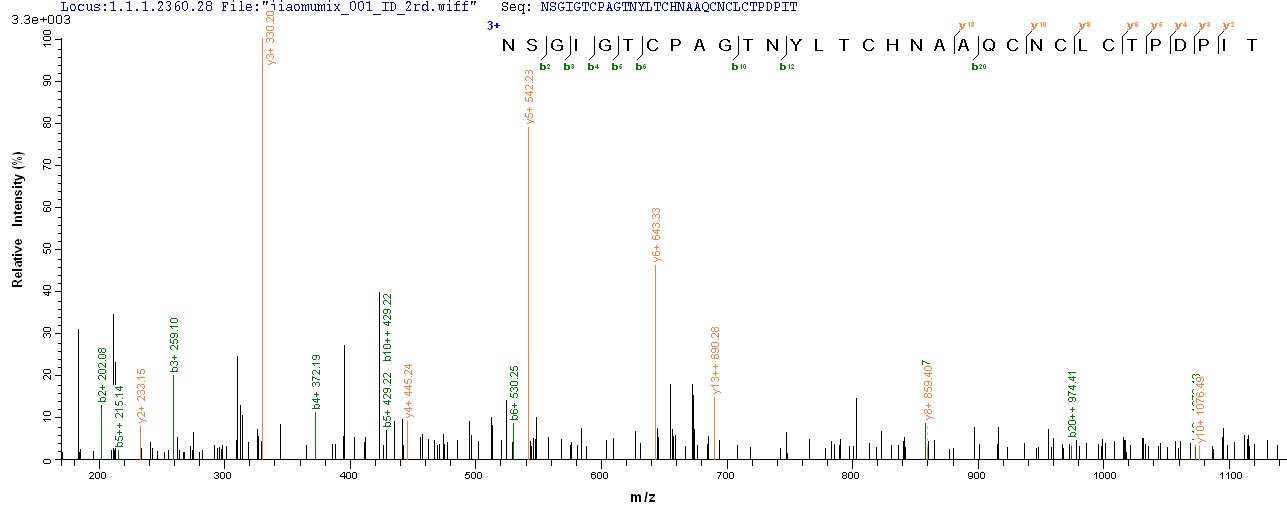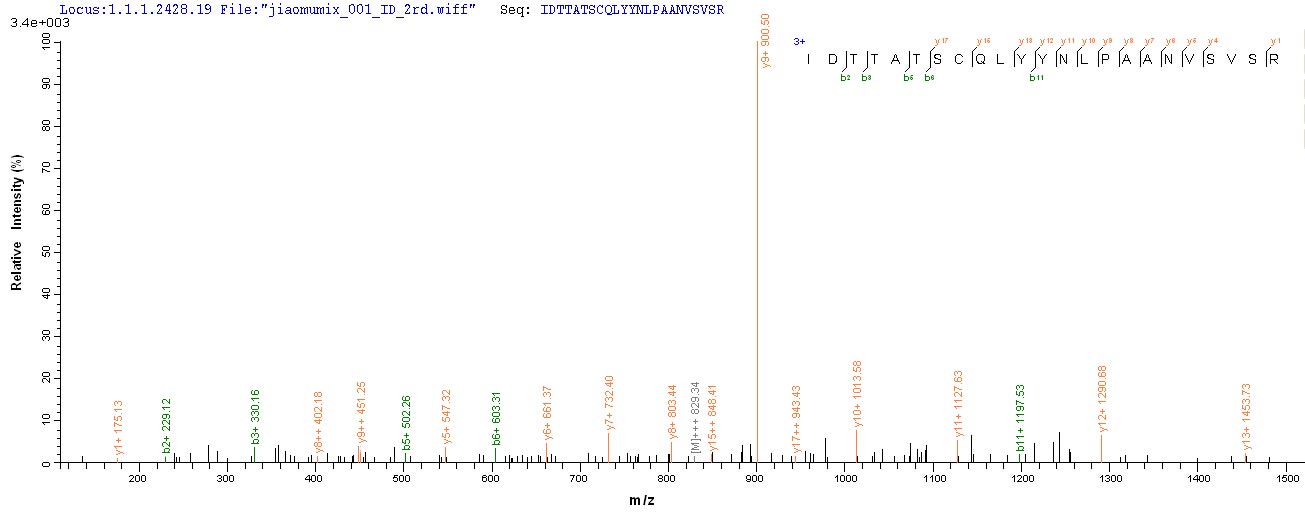E.coli-expressed bovine coronavirus (BCoV) spike glycoprotein (S) CSB-CSB-EP322803BJK is a recombinant fusion protein of partial BCoV-S (326-540AA) coupled to a 10xHis-tag at the N-terminus. This protein is calculated molecular weight of 11.9 kDa. It was validated by the LC-MS/MS analysis. The SDS-PAGE showed an about 30 kDa molecular weight of this protein and determined the purity of over 85%. This recombinant BCoV-S protein is in-stock now.
The interaction between S protein and the host receptor mediates the viral and cellular membranes, which is essential for CoV entry into target cells. The S protein is a class-I viral fusion protein and a vital target for antibody neutralization and vaccine development. Each monomer of the trimeric S protein consists of the S1 subunit and S2 subunit. The S1 is responsible for receptor binding and recognition, while S2 possesses all fusion machinery required for membrane fusion. S1 can be subdivided into four domains: N-terminal galectin-like domain (NTD)17, C-terminal domain (CTD), subdomain-1 (SD-1), and subdomain-2 (SD-2). Either NTD or CTD or both can serve as the receptor-binding domain (RBD). BCoV uses their NTDs to bind either receptor protein or sialic acid.








